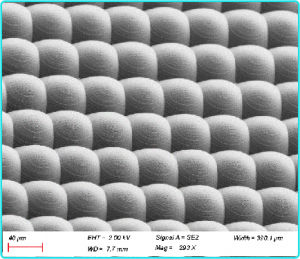
High-precision two-photon polymerization 3D printing system
High Precision Two-photon 3D Laser Direct Writing System* Two-photon Polymerization 3D Printing
At approximately 5:49 p.m. Beijing time on October 4, the Royal Swedish Academy of Sciences decided to award the 2022 Nobel Prize in Physics to French scientist Alain Aspect, American scientist John F. Clauser and Austrian scientist Anton Zeilinger for "their experiments with entangled photons, which established the non-validity of Bell's inequality and pioneered quantum information science. for their "experiments on entangled photons, for establishing the disproof of Bell's inequality, and for pioneering the science of quantum information".
The single prize for the 2022 Nobel Prize is 10 million Swedish kronor (about 648,000 yuan), and the three winners will share the 10 million Swedish kronor prize equally.
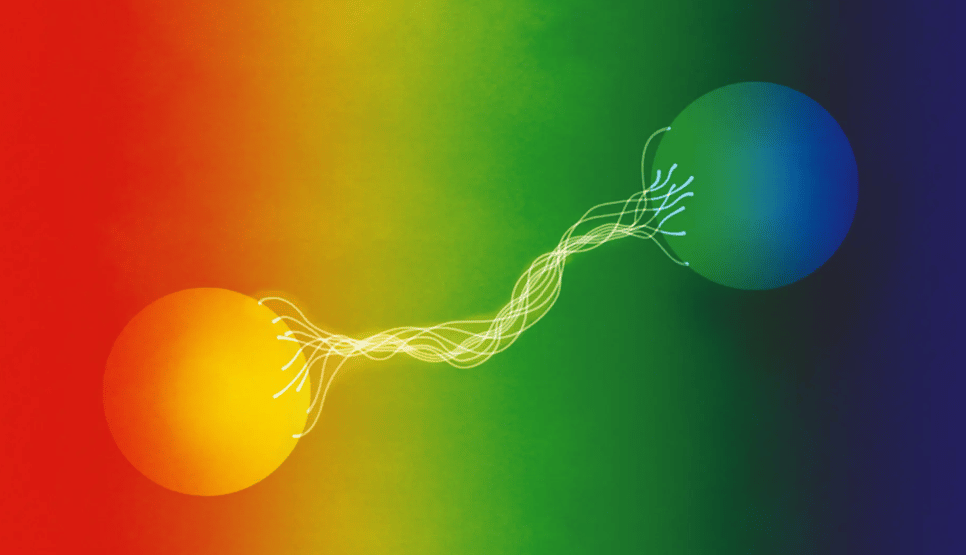
Entangled states - from theory to technology
Alain Aspect, John Clauser and Anton Zeilinger performed groundbreaking experiments with entangled quantum states. In the entangled quantum state, even when two particles are separated, they behave like a single unit. Their results clear the way for new technologies based on quantum information.
The ineffable effects of quantum mechanics are beginning to be applied. There is now a large field of research that includes quantum computers, quantum networks, and secure quantum encrypted communications.
A key element of this progress is how quantum mechanics allows two or more particles to exist in what is called an entangled state. What happens to one particle in an entangled pair determines what happens to the other particle, even if they are far apart.
For a long time, the question was whether this correlation was due to the fact that the particles in an entangled pair contain hidden variables, i.e. instructions that tell them which result should be given in the experiment. in the 1960s, John Stewart Bell proposed the mathematical inequality that bears his name. This suggests that if there are hidden variables, then the correlation between a large number of measurements will never exceed a certain value. However, quantum mechanics predicts that certain types of experiments will violate Bell's inequality, resulting in stronger correlations than would otherwise be the case.
John Clauser developed John Bell's idea by conducting an actual experiment. When he made the measurements, they clearly violated Bell's inequality, thus supporting quantum mechanics. This means that quantum mechanics cannot be replaced by theories that use hidden variables.
After John Clauser's experiments, there were still some vulnerabilities. alain Aspect developed this setup and used it to close an important loophole. He was able to switch the measurement settings after an entangled pair left its source, so the settings present when they were fired would not affect the results.
With sophisticated tools and a series of experiments, Anton Zeilinger started using entangled quantum states. Moreover, his group has demonstrated a phenomenon known as quantum invisible transfer, which makes it possible to move quantum states from one particle to another within a certain distance.
"It is becoming increasingly clear that a new kind of quantum technology is emerging. We can see that the laureates' research on entangled states is so important that it goes beyond even the basic problems of explaining quantum mechanics," said Anders Irbäck, chairman of the Nobel Committee for Physics.
Winner's description.
Alain Aspect, born in 1947 in Agen, France, received his PhD from the University of Paris-Sud in Orsay, France, in 1983. He is currently a professor at the University of Paris-Saclay and the Polytechnic Institute of Paraiso, France.
John F. Clauser was born in Pasadena, California, in 1942 and received his Ph.D. from Columbia University, New York, USA, in 1969.
Anton Zeilinger was born in 1945 in Ridgem-Incris, Austria and received his PhD from the University of Vienna, Austria in 1971. Currently he is a professor at the University of Vienna.
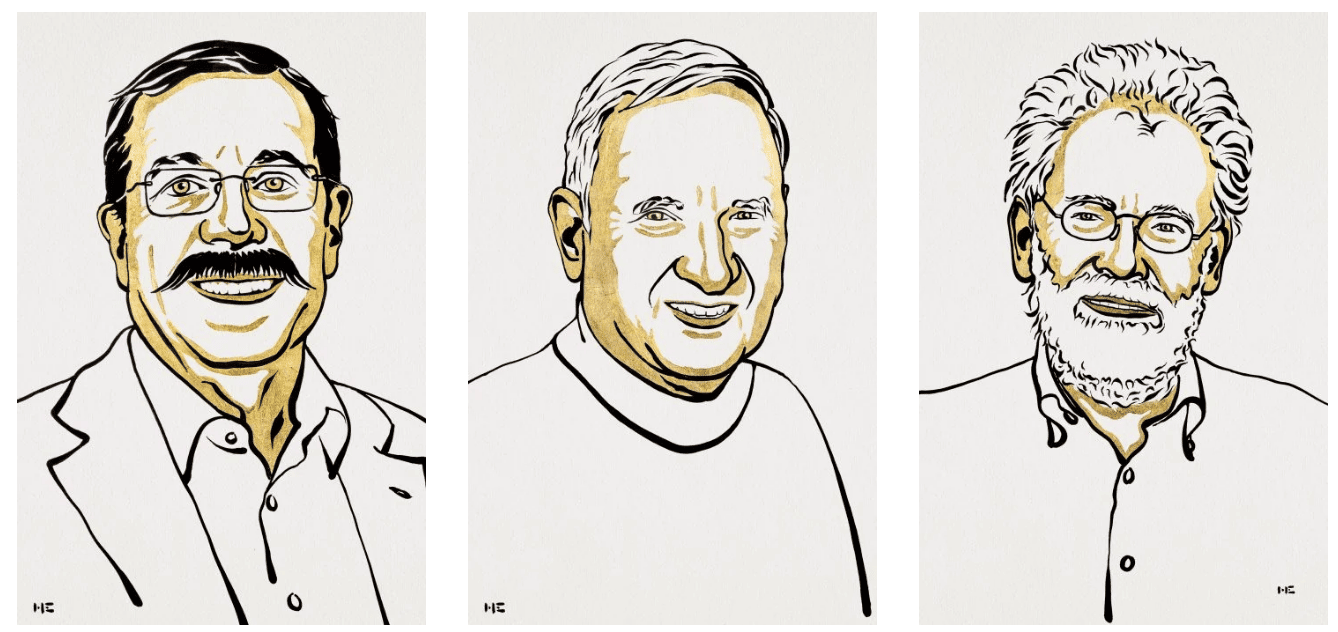

High Precision Two-photon 3D Laser Direct Writing System* Two-photon Polymerization 3D Printing
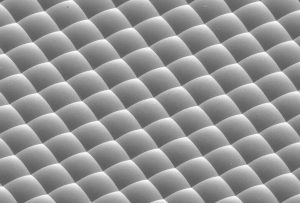
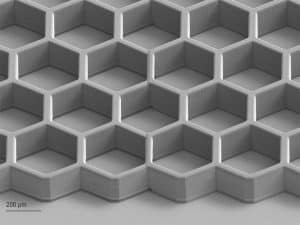
Nanoimprinting (NIL) Nanoimprinting (NIL) Yes
Micro and Nano Processing | AIE Polymer Light Emitting Device Fabrication Micro and Nano Light Emitters
Micro and Nano Processing | MEMS Fine Processing (V) 1.5 High Energy
Thin film preparation-deposition Chemical methods can be created to produce films with excellent homogeneity and